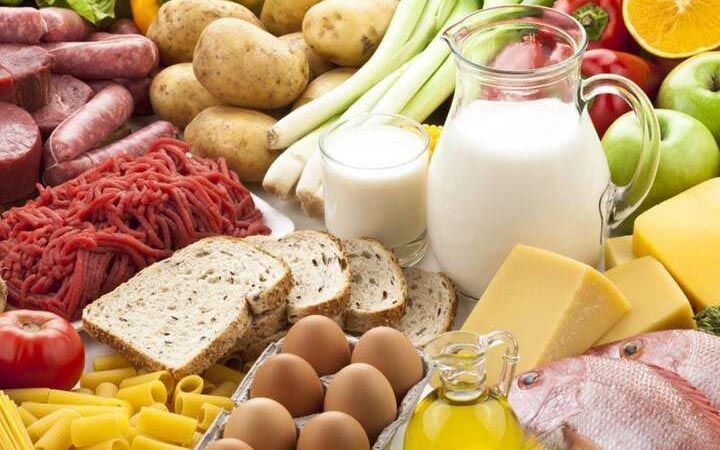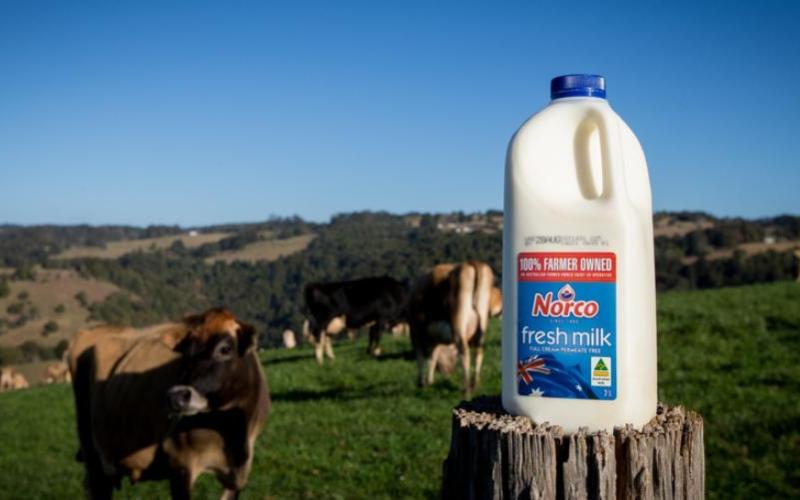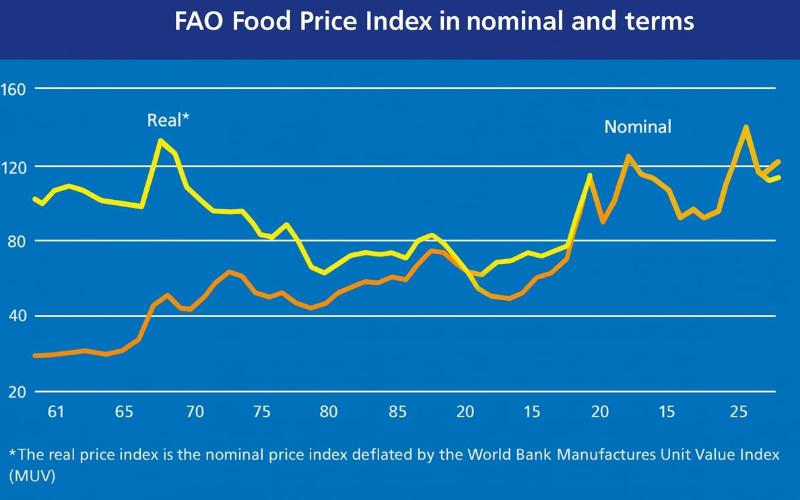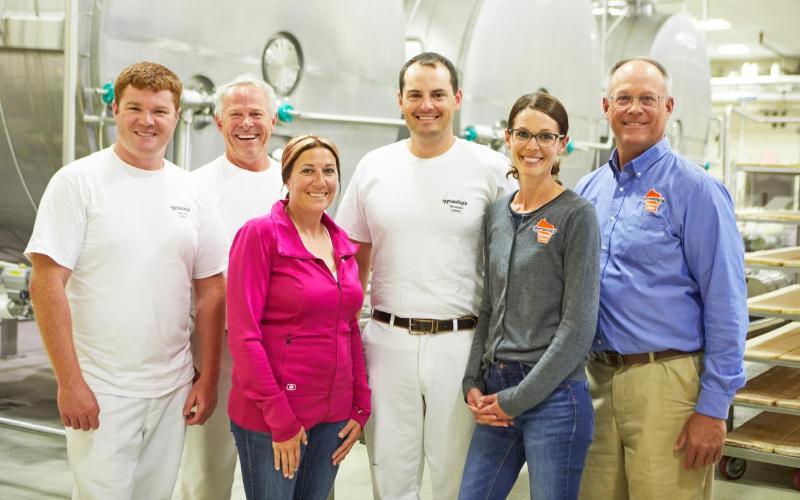Optimizing Hoof Health in Cattle: Nutritional Strategies and Management Approaches

The ensuing discourse delves into nutritional strategies that foster foot health. Implementing other management measures can curtail losses and enhance animal welfare, comfort, and productivity.
Dietary Fiber
Abrupt dietary shifts from high to low fiber diets resulted in increased sole lesions around 8-12 weeks after calving. Sudden transitions may also contribute to laminitis. Diets lacking sufficient fiber cause rumen acidosis and endotoxin release, damaging blood vessels in the foot and leading to claw scar tissue formation.
Proteins and Amino Acids
Higher protein content (19.8%) in the diet led to increased lameness scores and duration in dairy cows compared to lower protein diets (16.1%). Rumen-degradable proteins at elevated levels also heightened lameness and laminitis risks. Amino acids containing sulfur (cysteine and methionine) are pivotal for hoof structural integrity, influencing keratinization. Inadequate cysteine-to-methionine ratios induce softer hooves.
Dietary Fats
Association between heel fat layers and nutritional status suggests that dietary lipids, including lipid precursors from feed and short-chain fats, impact lameness. A low-fat diet or inadequate antioxidants may affect the digital cushion. Grass-based diets with lower lipid content can jeopardize hoof integrity.
Minerals
Minerals significantly influence hoof health. Calcium activates keratin-forming enzymes and supports keratin fiber crosslinking. Zinc aids enzyme systems that maintain foot health. Copper is vital for collagen and keratin crosslinks. Proper zinc-copper balance is crucial, and adequate levels of zinc (40-50 mg/kg) and copper (15 mg/kg) should be maintained.
Vitamins
Vitamin D, along with vitamin A, contributes to hoof growth and barrier maintenance. Biotin, a B vitamin, aids in hoof health. Supplementing with 20 mg/day of biotin enhances healing of sole ulcers and reduces dermatitis incidents.
Concentrate Feeding
Abruptly increasing concentrates after calving elevates digital dermatitis odds due to bacterial changes in the rumen. Balanced diet and feed management are vital for rumen and hoof health.
Effect of Mouldy Feed
Feeding rotten silage or moldy feed releases histamine and endotoxins, impairing blood vessels in the hoof dermis. This leads to insufficient oxygen and amino acid supply, causing laminitis development.
Grazing Management
- Pasture may lack essential elements like copper and zinc, requiring supplementary feeding.
-
Avoid grazing tall fescue pastures with elevated ergovaline toxin levels causing lameness.
-
Pasture type impacts hoof infections, with wet hooves becoming vulnerable.
-
Muddy ground with flints increases infection risk, necessitating prevention.
-
Good-quality pastures enhance gait and blood circulation.
-
Vegetation-rich pastures improve blood circulation, hoof protection, and weight distribution during walking.
Link to the source: https://www.dairyglobal.net/health-and-nutrition/health/maintaining-hoof-health-through-nutrition/














